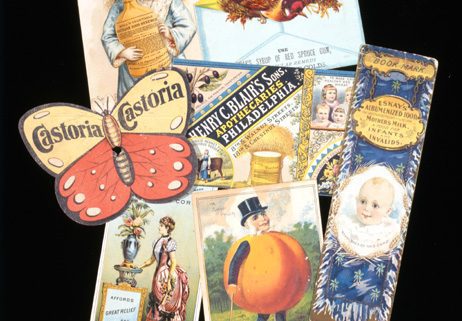
The William H. Helfand Collection consists of approximately 1,000 books, pamphlets, and advertisements relating to 19th-century American popular, patent, and proprietary medicines. Often referred to as “quack” remedies, these medicines entered the American market in the late 18th century. Advertisements of the sort represented in the collection first became common at the beginning of the 19th century. In essence, most popular medicines were completely ineffectual and almost indistinguishable from one another. This being the case, a product’s success depended largely on the ways in which it was marketed. Like the products themselves, which were regulated only after the passage of the Pure Food and Drug Laws of 1906, 19th-century advertisements for popular medicines were subject to little scrutiny; and as the Helfand materials show, manufacturers were free to make terrific, unsubstantiated claims about the curative powers of their various pills, syrups, tonics, and ointments.
Curated by Kelly McCullough, 2000.
Resources
William H. Helfand Collection of Proprietary Medicine Pamphlets Online Exhibit


